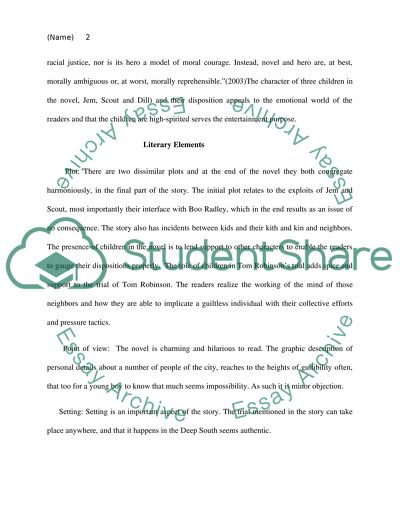Cite this document
(“To Kill A Mockingbird element analysis Essay Example | Topics and Well Written Essays - 1250 words”, n.d.)
Retrieved from https://studentshare.org/literature/1644168-to-kill-a-mockingbird-element-analysis
Retrieved from https://studentshare.org/literature/1644168-to-kill-a-mockingbird-element-analysis
(To Kill A Mockingbird Element Analysis Essay Example | Topics and Well Written Essays - 1250 Words)
https://studentshare.org/literature/1644168-to-kill-a-mockingbird-element-analysis.
https://studentshare.org/literature/1644168-to-kill-a-mockingbird-element-analysis.
“To Kill A Mockingbird Element Analysis Essay Example | Topics and Well Written Essays - 1250 Words”, n.d. https://studentshare.org/literature/1644168-to-kill-a-mockingbird-element-analysis.


